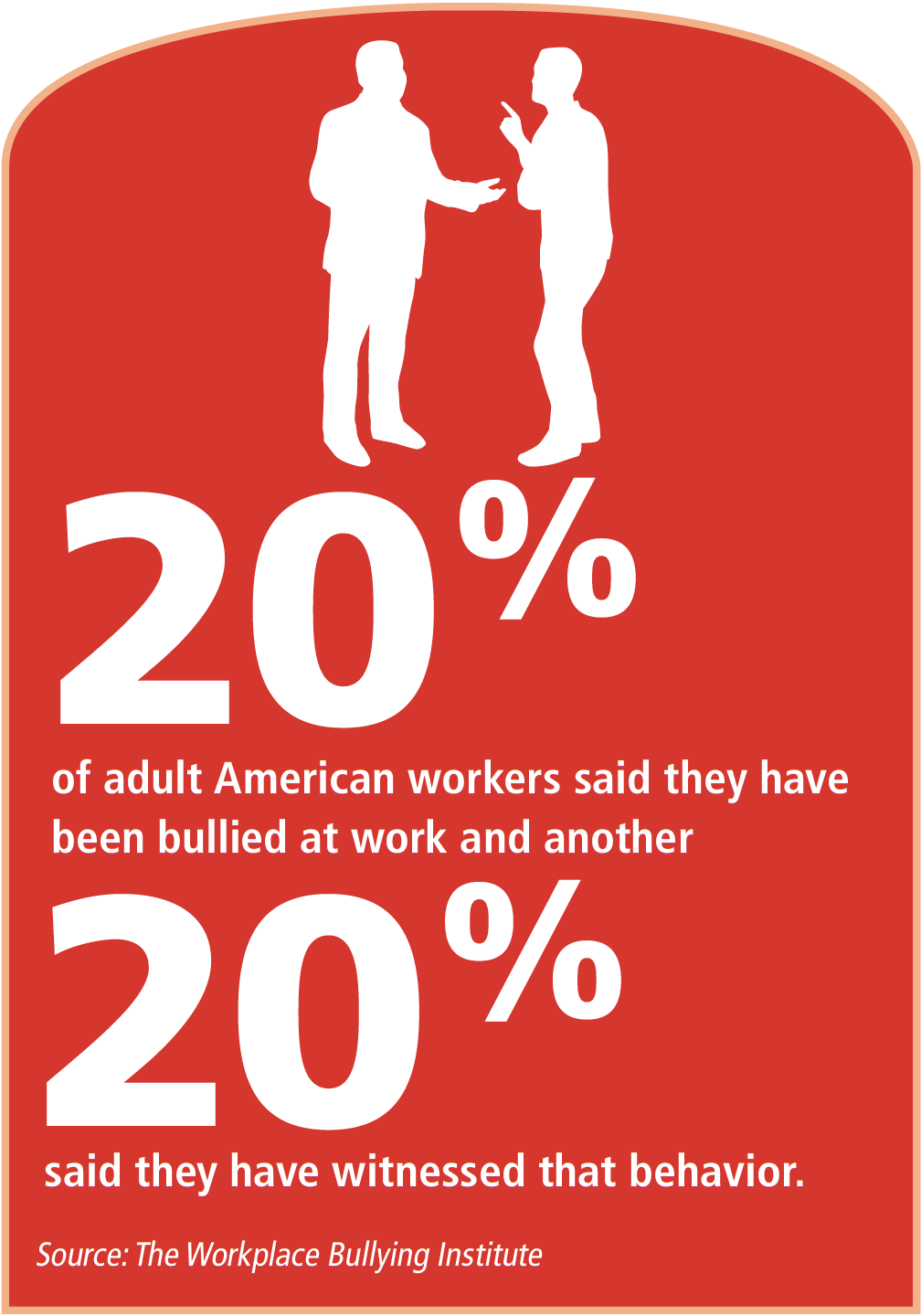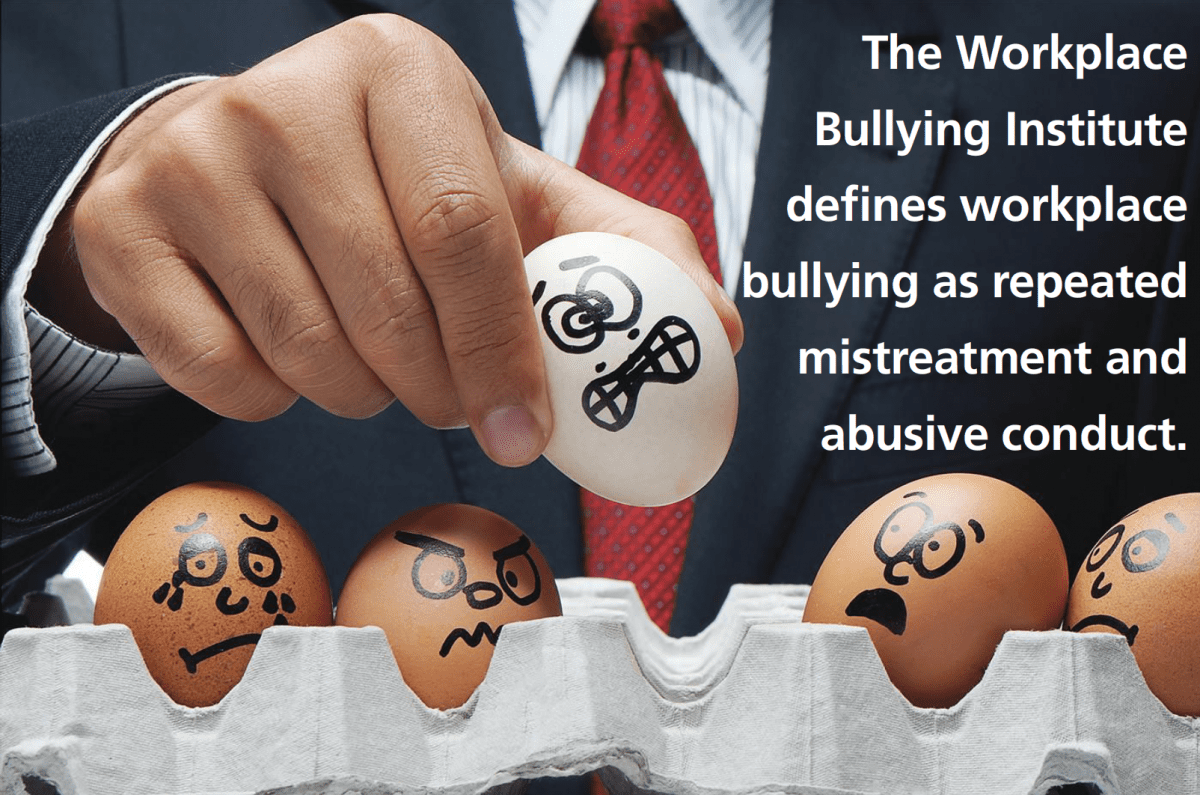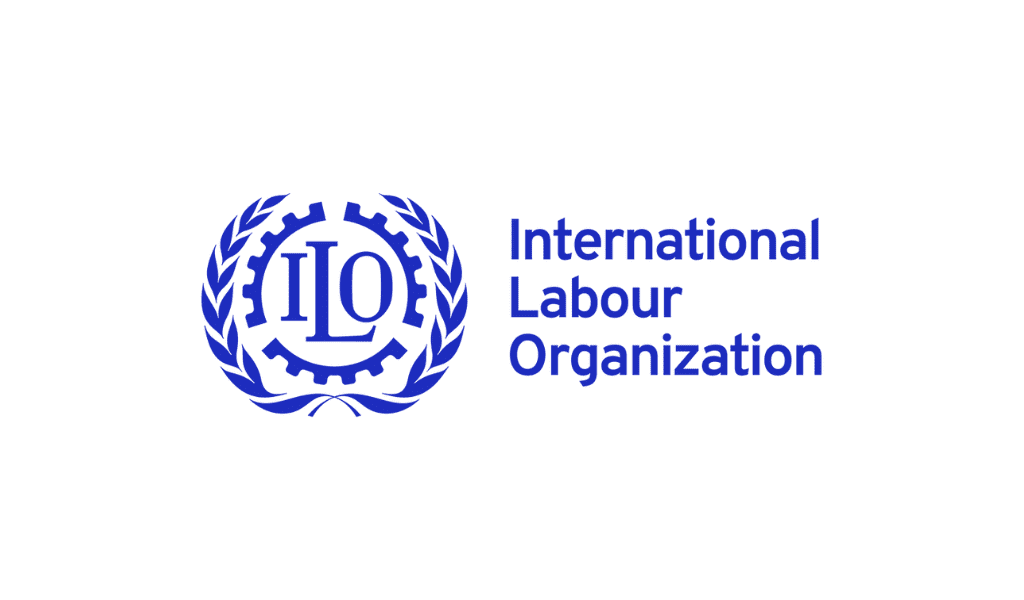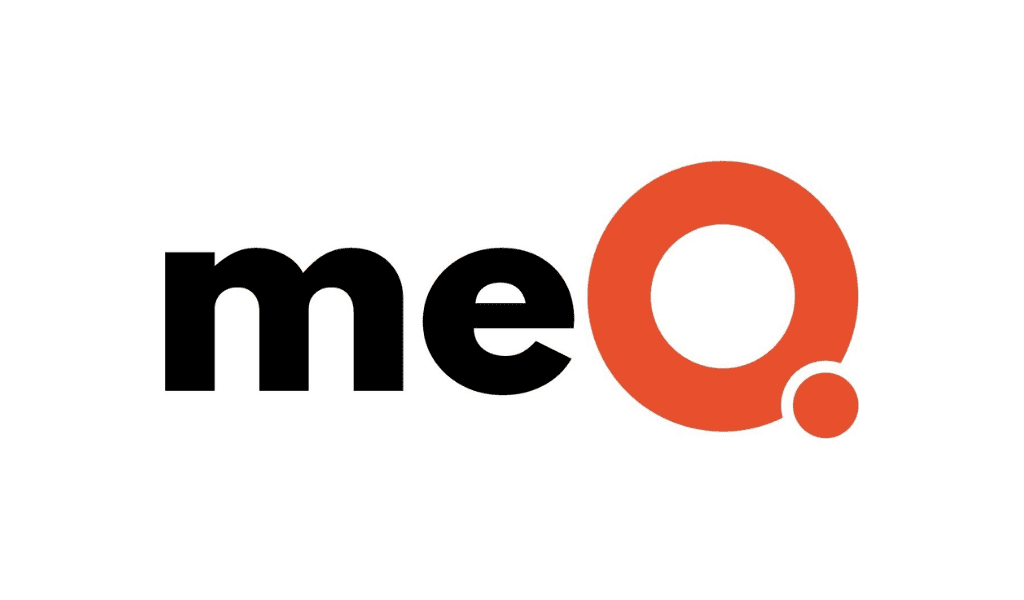Organizations need to take a proactive approach to eliminate bullying and create a healthy culture.
By Chris Dyer
People do their best work when they’re supported socially, so the opposite must also be true: Interpersonal strife interferes with achievement. This is why the topic of bullying, whether in the academic or professional sphere, has come to the forefront in the past 30 years. It’s real and it’s really detrimental.
The Workplace Bullying Institute defines workplace bullying as repeated mistreatment and abusive conduct. In a recent survey, the organization found that 20 percent of adult American workers said they’d been bullied at work and another 20 percent said they’d witnessed that behavior.
Were this just an emotional hurdle, it would be bad enough. But research from Psychology Today shows that the associated stress from bullying contributes to or manifests as chronic illnesses. Workers who are the victims of persistent abusive or unwelcome behavior that they cannot avoid have reported post-traumatic stress disorder symptoms as well as:
- headaches;
- insomnia;
- onset of Type 2 diabetes;
- chronic neck pain;
- fibromyalgia;
- anxiety;
- depression; and
- suicidal ideation.
And this has a real impact. According to Psychology Today, employee victims of bullying have been found to be less engaged, to have higher absentee rates, and to be more likely to exit the workforce altogether and rely on disability subsidies.
So, what can HR do? It’s a tough problem to solve. It often occurs under cover, in ways that are difficult to define, and by people who know how to hide and perpetuate their power. Organizations should define what constitutes bullying and the circumstances that support it in their employee handbook or code of conduct. These three steps will help business leaders to end and prevent the cycle:
1. Identify the behavior. There are three traits common to bullying situations: They’re negative personal attacks, they go on for some time, and the recipient cannot escape their effects. These days, they may take place in person, via the internet, or within the larger social system of the workplace.
2. Purge the behavior. Statistically speaking, getting rid of bullies is much more difficult than preventing them from gaining power over coworkers. In fact, a 2018 Norwegian review of 12 trials found that none of the interventions studied worked. So, bullies in an office will have to be dealt with on a case-by-case basis.
When accusations surface, they should be taken seriously until disproven. HR leaders should have direct discussions with witnesses and document accounts to build a case. Leaders should ask witnesses not to share their accounts with others without evidence. Meanwhile, those in charge can follow the chain of events to get at the truth and make it known.
If one employee accuses another of subterfuge, they should be called together into an arbitration meeting that includes their supervisors. This breaks down the barriers that allow bullies to hide their gossip and fear mongering. Once the behavior and the perpetrator have been identified, it’s up to the boss or HR leader to end the cycle.
A legal investigation may be warranted prior to confronting the accused employee. But whether the behavior was illegal or not, action can be taken to preserve a safe workplace and healthy culture.
3. Protect the workforce. Academic research from Morten Nielsen and Ståle Einarsen found that raising awareness about bullying and being cognizant of management practices that might enable it can have positive effects -but not on the bullies themselves. Educating potential witnesses to bullying, however, does serve to reinforce standards of appropriate workplace conduct.
Catherine Mattice Zundel, founder and CEO of Civility Partners, notes four management practices that raise the risk for bullying:
- using competition between employees to increase performance;
- not addressing team stress levels;
- not addressing grievances; and
- not taking action after identifying interpersonal conflicts.
 Management styles and conduct boundaries are culture issues. They directly set the tone for the work environment. So, it’s best for leaders to make policies in these areas before bullies can get a foothold. Their negativity will fill any void in positivity.
Management styles and conduct boundaries are culture issues. They directly set the tone for the work environment. So, it’s best for leaders to make policies in these areas before bullies can get a foothold. Their negativity will fill any void in positivity.
Negativity is contagious and, left unchecked, can become the default attitude. Adopting a proactive approach to solving problems and setting goals that focus on company and individual strengths can defuse negative mindsets. Training in appreciative inquiry or positive deviance methodologies can establish positivity as the norm. These two models use positive steps of self-reflection and critical and alternative thinking to find solutions to complex challenges.
Create a Healthy Working Environment
Organizations that are focusing attention on cultural structure are that much closer to forming a healthy place to work. Think of it as adding more vegetables to a plate to increase nutrition. As organizations revisit policies, they can use these morale boosters to make healthy decisions:
1. Give power to the people. Flip those heavy-handed management techniques by giving employees the reins when possible. Whether acknowledging poor behavior or recognizing greatness, let it come from a peer. Set up an employee committee to review performance records and let those who try harder encourage the stragglers. Wondering how to fix an inefficiency? Ask employees with their boots on the ground first; they might just have a solution.
2. Embrace honesty. Wondering what management’s next move will be adds to employee stress. Be as transparent as possible with the workforce. If a change is coming, give fair warning. If the company is in financial trouble or triumph, informed workers will do more to help out or keep the winning streak going.
3. Say yes. Positivity -like negativity -is contagious. Instead of layering on rules for what can’t be done, set boundaries for what can. If a definitive yes isn’t possible, agree to requests in increments.
4. Say thanks. Experts keep repeating that a paycheck alone is not enough incentive to do outstanding work day in and day out. Create an acknowledgement system for different levels of achievement, from showing up on time to landing an important account -and let employees, not managers, be the ones to identify excellence.
Chris Dyer is a speaker, consultant, and best-selling author of the book, The Power of Company Culture.















